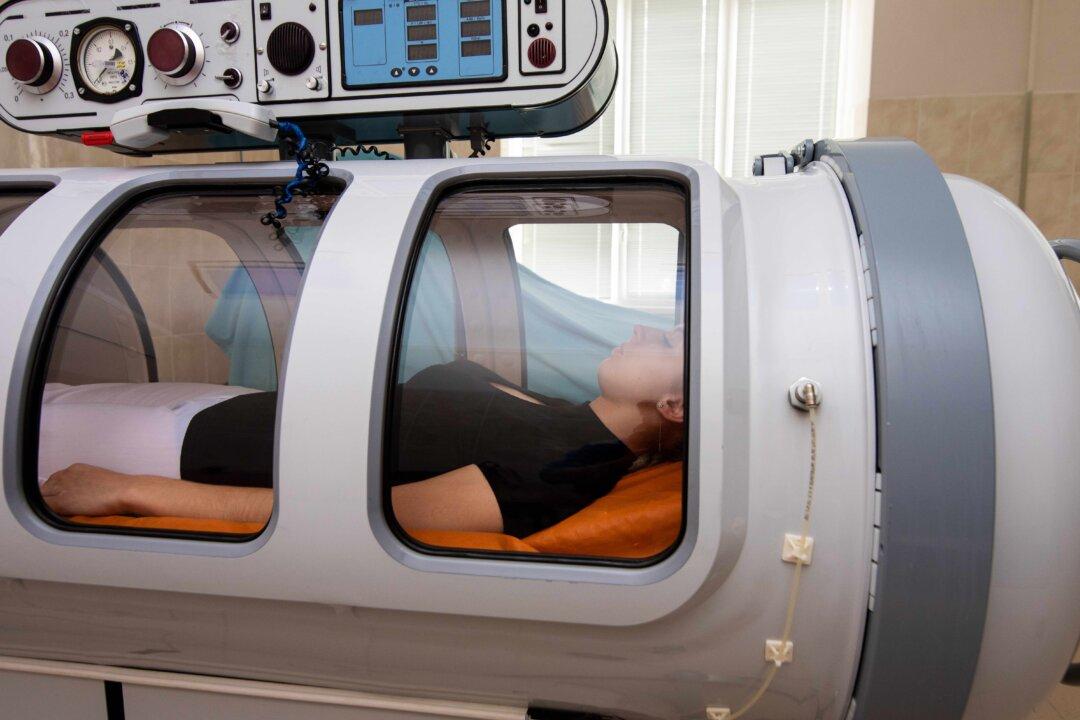Hyperbaric oxygen treatment may be a practical method for slowing down the hands of time, suggests research from Tel Aviv University and the Shamir Medical Center in Israel published in the journal Aging.
At its foundation, aging represents a progressive loss of physiological capacity due to biological deterioration. This leads to impaired functions and increased vulnerability to diseases, including cancer, heart disease, diabetes, Alzheimer’s disease, and others. Hyperbaric oxygen treatment (HBOT), the Aging study suggests, may target two key cellular hallmarks of aging—shortening of telomeres and cellular senescence.






